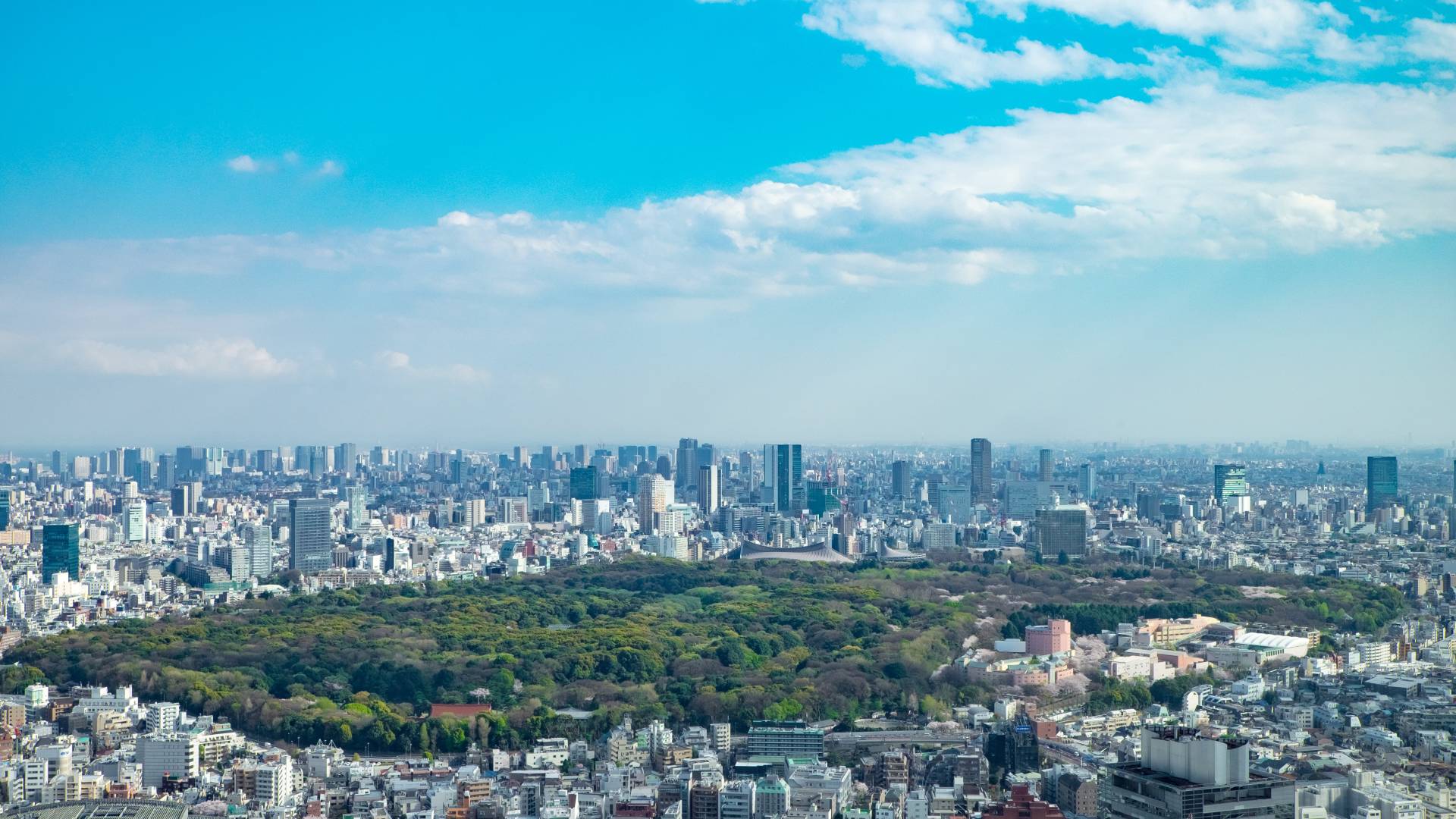
- Share this page
Share this page
- EN
Select Language
- FAVORITES
- Search
Detailed search: You can do a detailed search by keyword, genre, time, area and tag.
Main content starts here.
- Visit Tokyo |
- SPOT |
- Western Tokyo |
- Yoyogi - Tokyo's outdoor space
Updated: December 19, 2025
Yoyogi - Tokyo's outdoor space
Sports and recreation in the center of Tokyo
Located between Shinjuku and Shibuya, Yoyogi is home to many of the city’s notable facilities, architecture, and greenery. When Tokyo hosted the Olympics for the first time in 1964, Yoyogi was the central gathering point, with the National Stadium and Yoyogi National Gymnasium functioning as the main venues. The area also served as a central hub when Tokyo hosted the Olympics for the second time. The Japan National Stadium was newly built for the Tokyo 2020 Olympic and Paralympic Games, and is conveniently located adjacent to the massive sporting park Meiji Jingu Gaien. In the fall, this park becomes a major destination for locals, who come to enjoy a stroll along an idyllic tree-lined street in the center of the grounds.
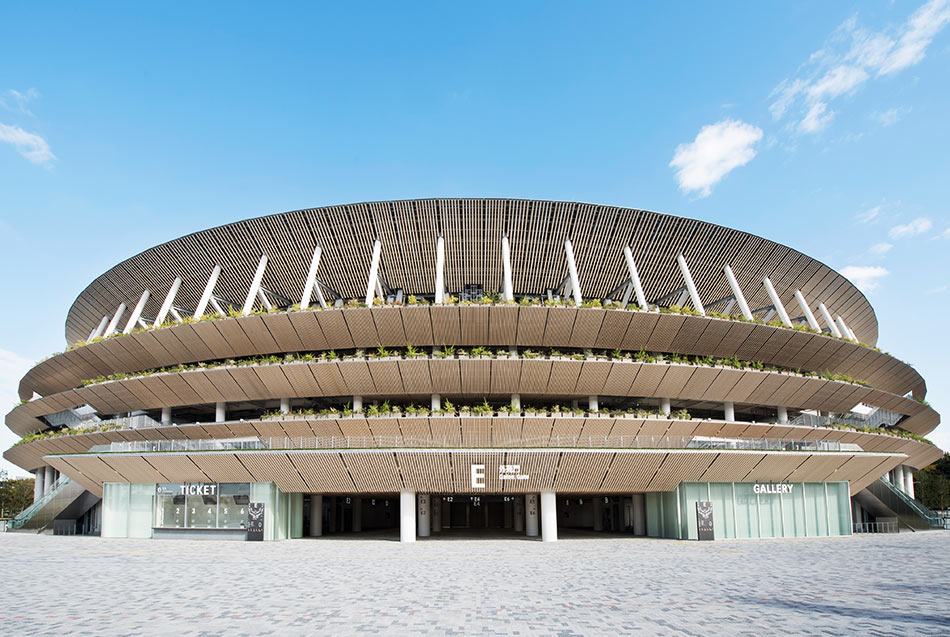
Copyright:JAPAN SPORT COUNCIL
Tips
- Visit the Japan National Stadium, built as the main venue for the Tokyo 2020 Olympic and Paralympic Games
- Walk down the ginko-lined avenue leading to Meiji Jingu Gaien in autumn
- Relax in Yoyogi Park, one of the largest green spaces in Tokyo
How to Get There
The closest access point is Yoyogi Station via the JR Yamanote Line, JR Chuo Line, JR Sobu Line, and Toei Oedo Line.
From Haneda Airport: 50 minutes by train.
From Narita Airport: One hour and 45 minutes by train.
From Shinjuku Station: Take the JR Yamanote Line approximately five minutes to Yoyogi Station.
From Tokyo Station: Take the JR Yamanote Line approximately 35 minutes to Yoyogi Station.
The central hub of the Tokyo Olympics
The Japan National Stadium was built as the main venue for the Tokyo 2020 Olympic and Paralympic Games, and was designed by acclaimed Japanese architect Kengo Kuma and Associates.
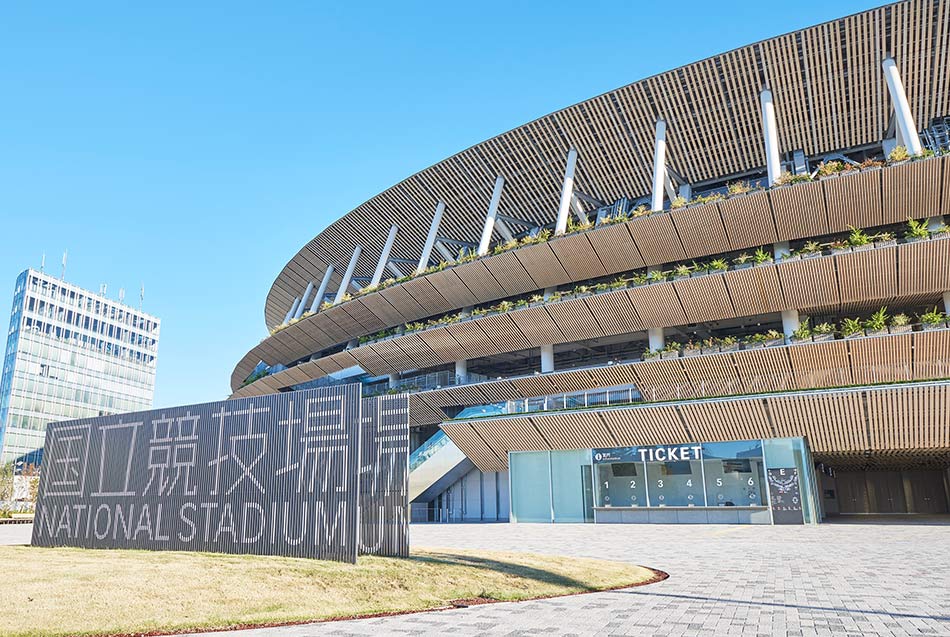
Copyright:JAPAN SPORT COUNCIL
This stadium, which was built to replace the old National Stadium (the main venue for the 1964 Tokyo Games), hosted the opening and closing ceremonies as well as the track and field events. The design makes the most of the surrounding greenery with its arrangement of shrubs and trees, and use of wood from each of Japan’s 47 prefectures.
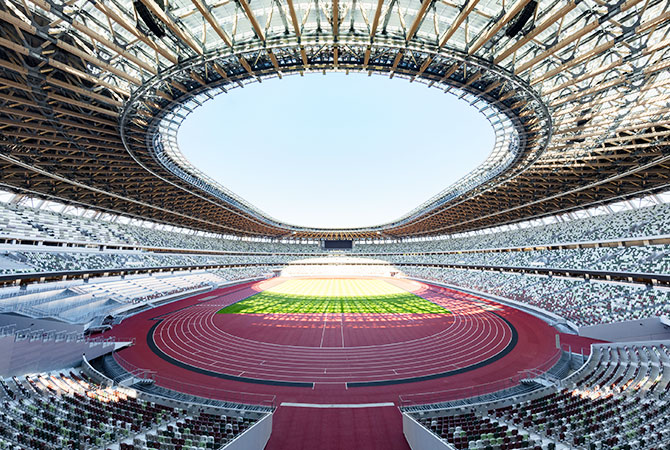 Copyright: JAPAN SPORT COUNCIL
Copyright: JAPAN SPORT COUNCIL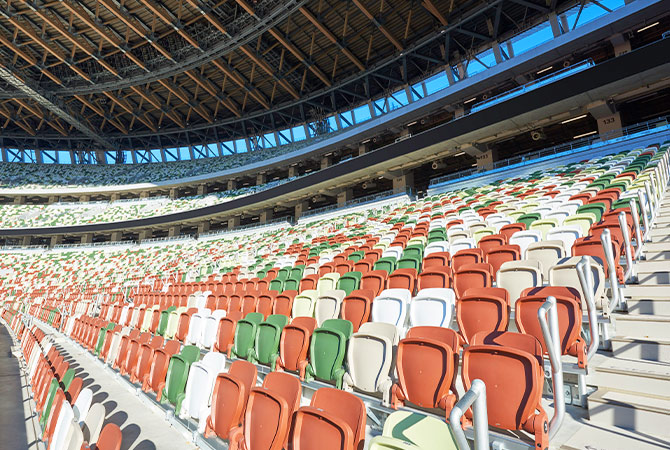 Copyright: JAPAN SPORT COUNCIL
Copyright: JAPAN SPORT COUNCIL
Appealing architecture, serene greenery, and trendy shopping
The Yoyogi area is occupied by an abundance of notable architectural and nature attractions, from the towering Tokyo Camii, the city's biggest mosque, to a massive recreational sports park. While walking around the neighborhood, you’ll stumble on fresh attractions that cement Tokyo as a truly metropolitan city.
Yoyogi Park is one of Tokyo’s most popular parks. It’s a great place for outdoor activities, a walk, or a relaxing picnic. It’s a pleasant spot for viewing the cherry blossoms in spring, and is also known for the lively colors of its ginkgo trees in autumn. The park contains various flower gardens, ponds, a clock tower, and an observation deck. To the south of the park you’ll find the Yoyogi Event Plaza, which hosts performances and festivals throughout the year.
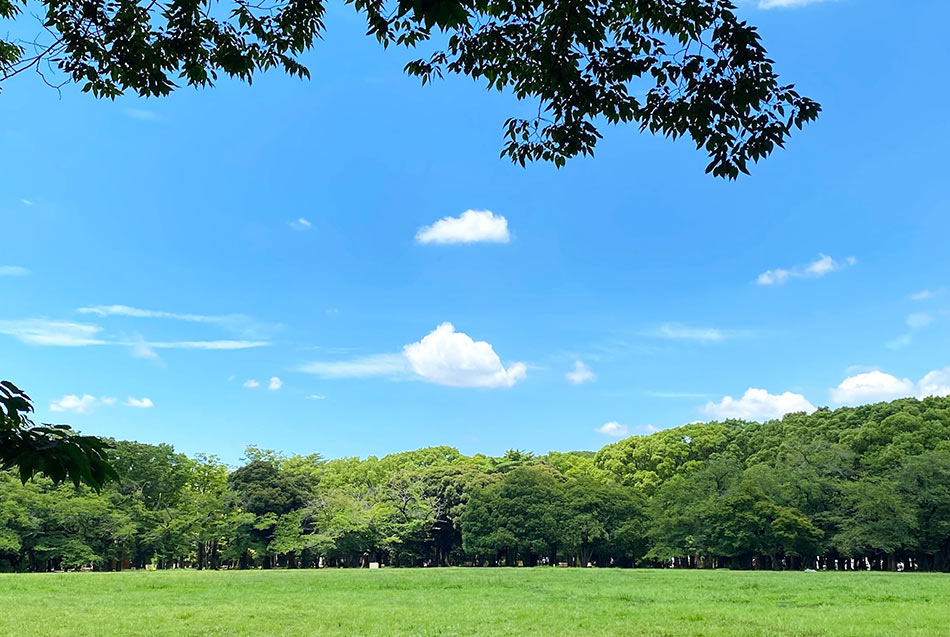
Yoyogi Park
Meiji Jingu Gaien
Take a walk through Meiji Jingu Gaien, a recreational park with numerous sports facilities. If you’re visiting in autumn, walk down the Jingu Gaien Gingko Avenue, a particularly famous tree-lined street that attracts hordes of eager visitors every autumn.
You’ll also find the Meiji Memorial Picture Gallery within the grounds. Boasting an impressive exterior façade, head inside to view notable paintings documenting the country’s modern history.
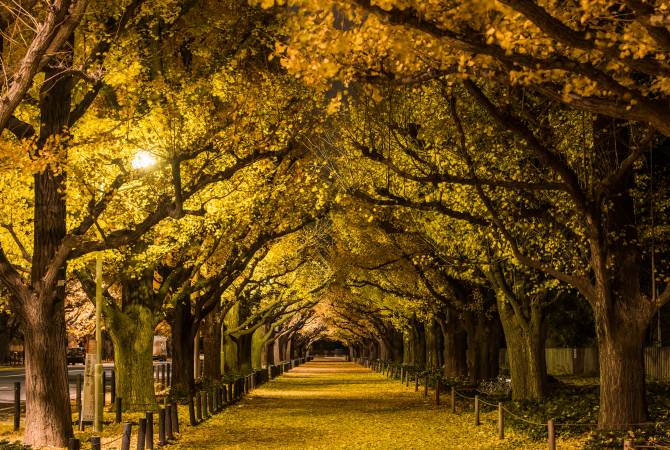
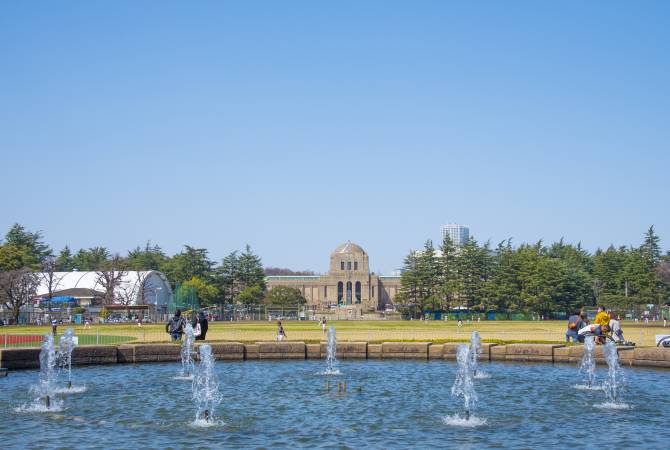
Meiji Jingu Gaien and Meiji Memorial Picture Gallery
